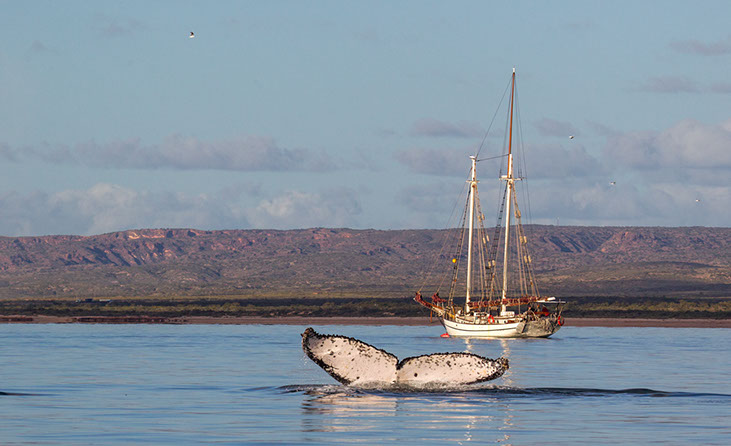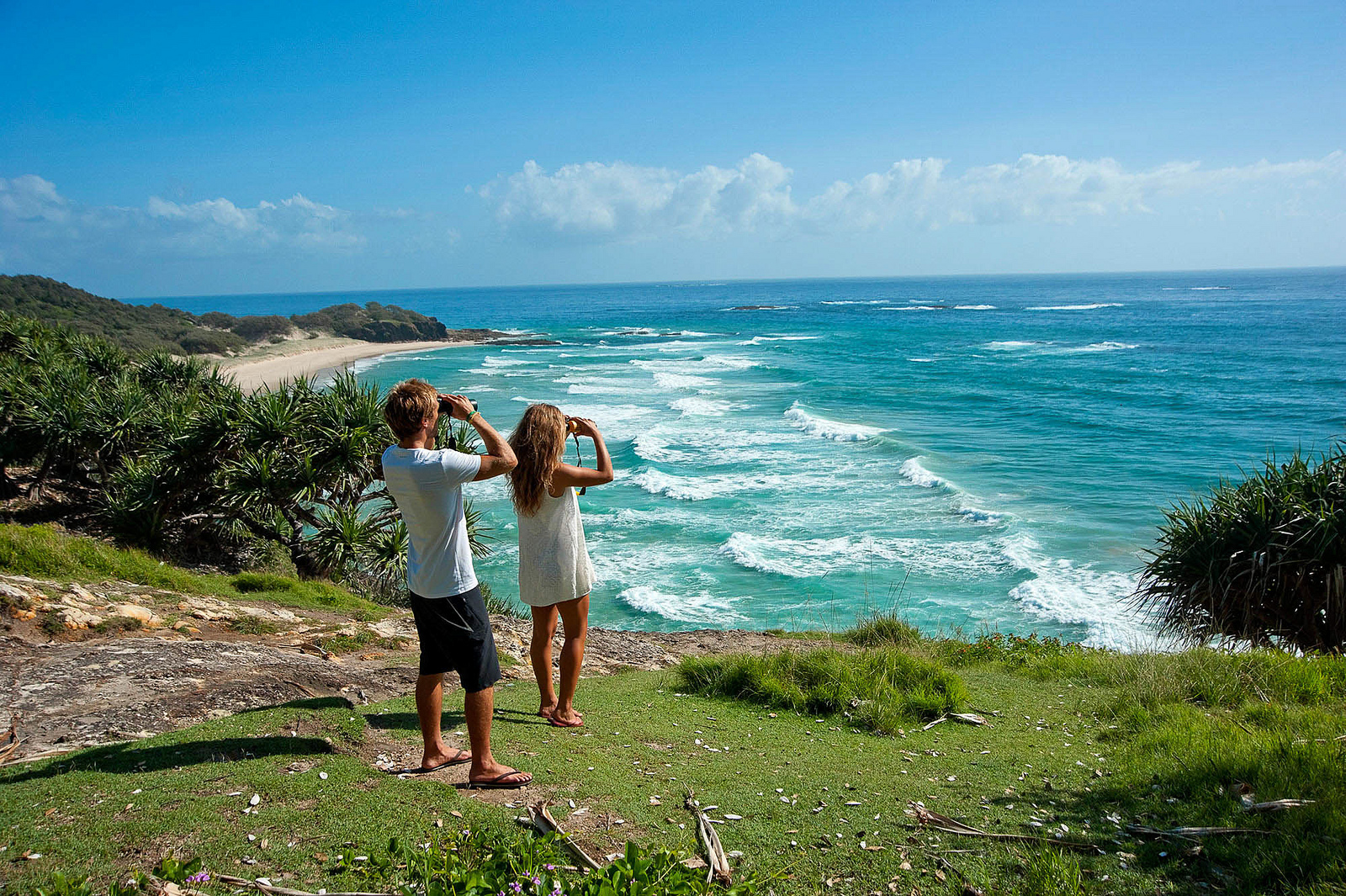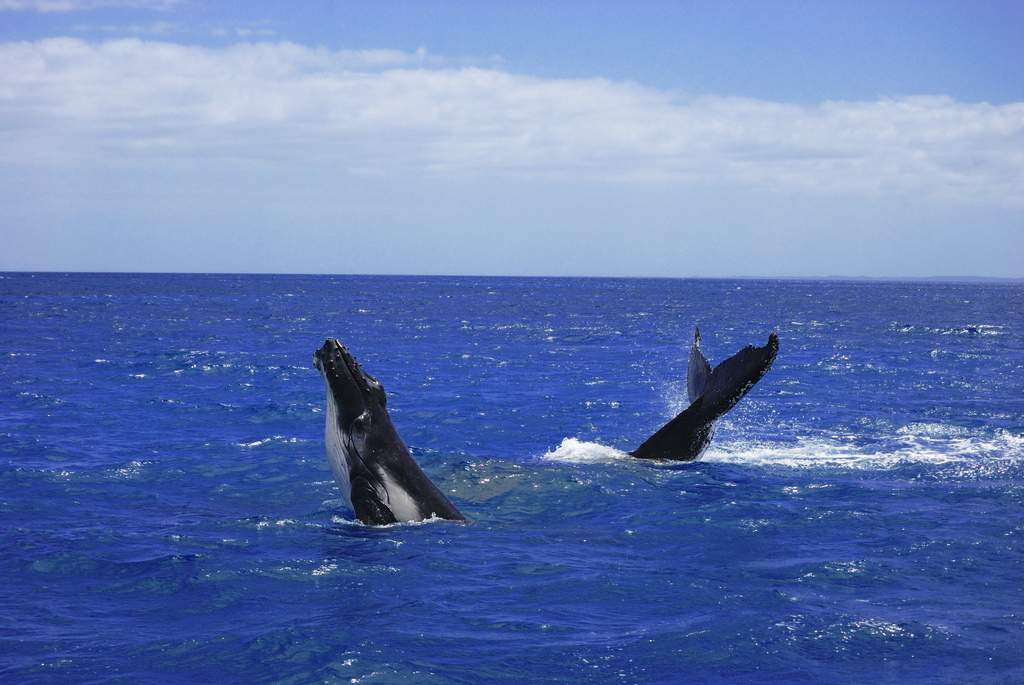As the largest sea creatures, whales awake people’s curiosity wherever they show up. If the area in which they can be observed is also a tourist destination, whale-spotting becomes an important attraction, and Australia is among the top destinations where people can witness the migrations of these stunning mammals, usually from May to October, due to colder conditions off the Australian south coast in that period. Here are the best spots, along with a few extra tips, to help you have the ultimate whale watching experience Down Under.
From Perth to Broome
Although Western Australia is less popular than its fellow states in the east and the southeast, you can still find some extraordinary spots along its coast. The best area to observe whales in this part of Australia is definitely Exmouth Gulf in the north of Western Australia, as well as different spots along Ningaloo Coast and Kimberley Coast.
If you want to see humpback whales in dozens of herds, you should visit Exmouth Gulf between August and October. As the deep ocean area here gets pretty close to the coast, whales can be observed from a reasonable distance, and if you are lucky to go for a whale tour during the high season, whales might come close to your boat and pose for some amazing selfies, too.
Albany is also worth recommending, in the far south of Western Australia. The highest probability is that you will see good old humpbacks there in the period between June and November, as they like the shelter provided by the local bays. As for the area surrounding Cape Leveque, the northernmost tip of the Dampier Peninsula, the best time for whale watching is in August and September.
East Coast whale strip
When the near-Antarctic waters become too cold, whales start moving northwards along the Australian East Coast. The end goal of their migrations along this route is the Great Barrier Reef. Here they stay throughout their mating season.
The most crowded area whale-wise in the east is the Gold Coast, especially the region between the Whitsunday Islands and Eden (home of the Killer Whale Museum). Tourists who want to observe the incredible migrations of these sea giants should also know that they can do it twice; the first time when they are moving northwards and the second time when they are moving back to the south, at the end of the season.
The thing with whales is that they are not too eager to move unless they do not have to. Therefore, you have to ‘chase’ them to take a closer look. You will probably manage to get the most of your whale trip if you visit Point Danger, North Stradbroke Island or Byron Bay as your destination for this whale-watching quest.
Expert tips
When it comes to whale-watching trips, people should set their priorities before they opt for one of the numerous options. If you only want to be able to see the migrating whales from a safe distance, going on a comfortable yacht excursion should be enough for your taste. Such offers can be found along both coasts.
However, daredevils will not be satisfied with such average tourist offers. So, if you would like to get closer to the whales to get the big picture (literally), finding a less crowded excursion on a smaller boat would be a more reasonable. Also, those who want to get a better insight in whales’ behavior and habits can use a time lapse Brinno camera and make some outstandingly realistic photo stories.
Watching whales off the coast of Australia can be compared to observing condors in the Andes or elephants in Kenya. It is one of those unique miracles that this planet can offer. So, if you are a nature lover, you should definitely rent a free transfer car and check out Down Under between May and October to feast your eyes on the emperors of the mammal world. d.



